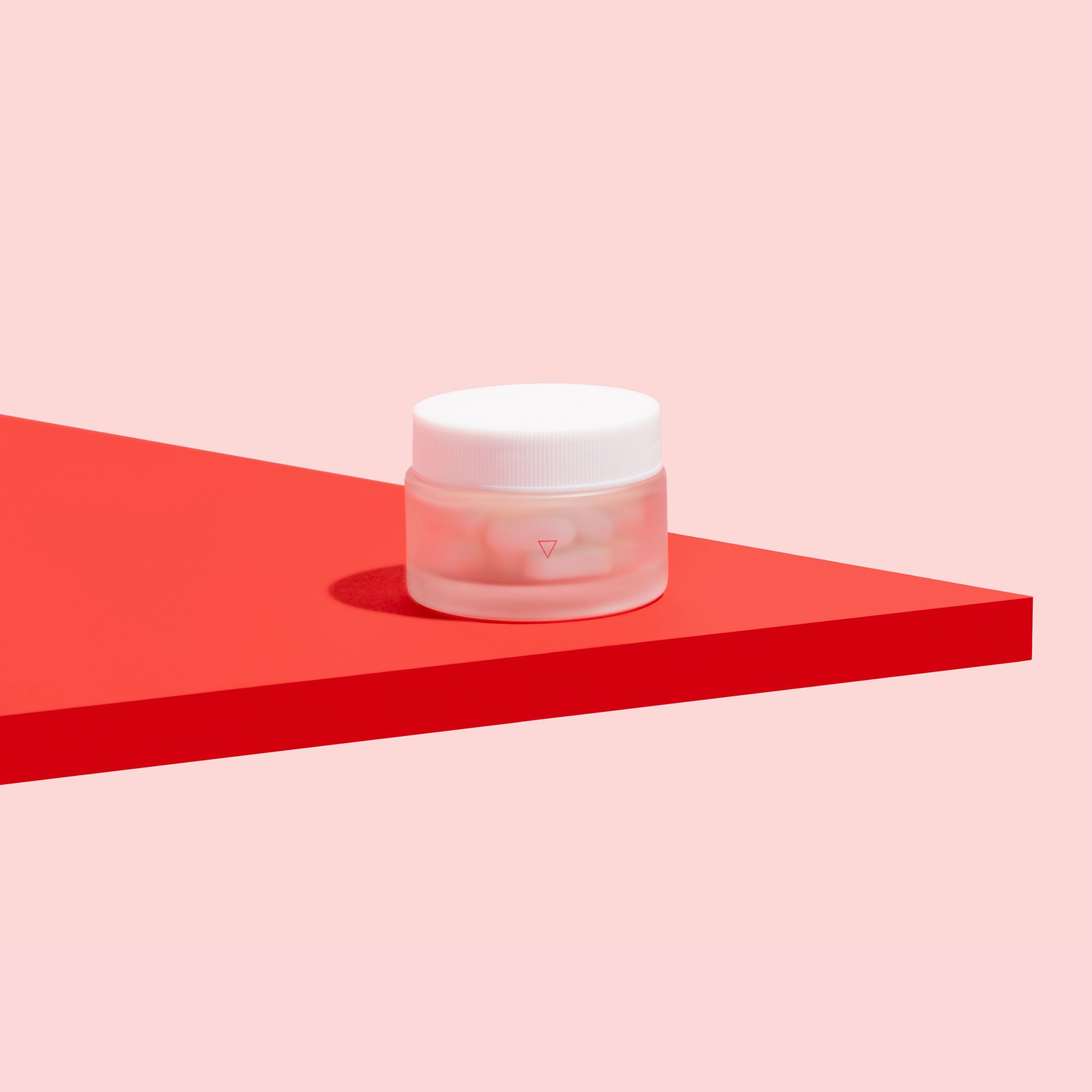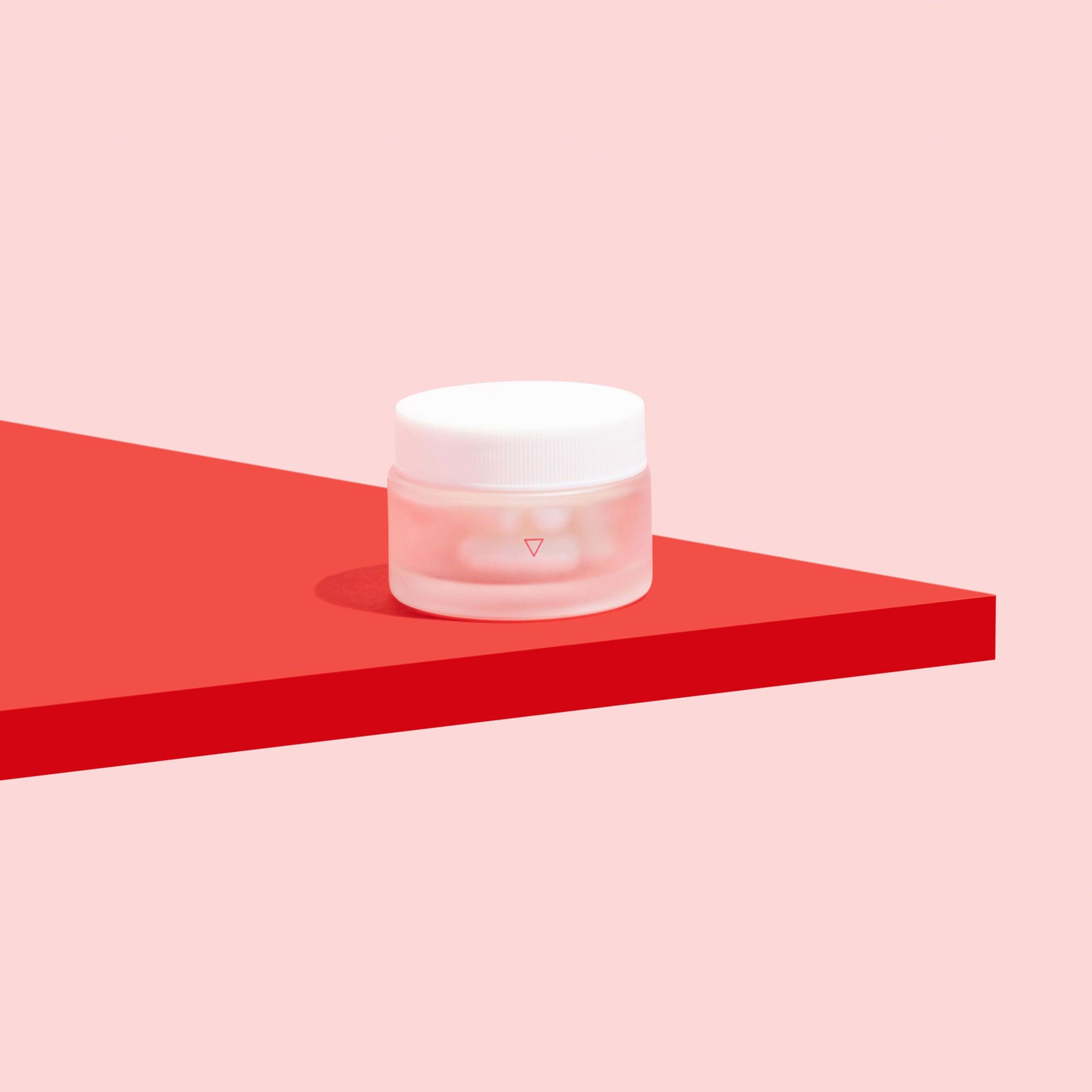
Symptoms of Pelvic
Inflammatory Disease
(And How to Prevent It)
By Lizzie De La Cruz
April 5, 2021
While we're constantly getting information about STD prevention, sometimes we don't always get the information we need about what happens when you get infected with an STD...or the long-term effects of what can happen after. This sense of mystery feels out of place in 2021, which is one reason why we want to talk about Pelvic Inflammatory Disease—what it means and what you can do to prevent it.
What Is Pelvic Inflammatory Disease?
Pelvic inflammatory disease, often called PID, is an infection of female reproductive organs. It affects your pelvis, which is in your lower abdomen and includes the fallopian tubes, ovaries, uterus and cervix. PID is often caused by sexually transmitted infections that are left untreated, such as gonorrhea and chlamydia.
What Are the Symptoms of Pelvic Inflammatory Disease?
When PID begins to develop, you might not even notice anything strange. However, as it progresses, or when you decide to try and get pregnant, you may experience the following symptoms:
- Pain during sex
- Pain or difficulties during urination
- Bleeding between periods
- Pain in your pelvic and lower abdomen regions
- Unpleasant-smelling vaginal discharge
- Excessive tiredness
- Fever and chills
More severe PID symptoms women may experience include:
- Fainting
- Vomiting
- High fever
- Sharp abdominal pain
Risk Factors of Pelvic Inflammatory Disease
Your lifestyle and sexual habits can directly impact your risk for PID. By being aware of these risk factors, you can learn healthier habits or limit your chances of experiencing PID. Common risk factors of PID include:
- Having sex without a condom
- Having more than one sexual partner
- Douching
- Recently getting an intrauterine device
- Having pelvic inflammatory disease previously
Testing for Pelvic Inflammatory Disease
If you're experiencing any of these symptoms, it's time to get tested. The sooner you figure out what's going on, the sooner you can receive treatment and start living life again. You may discover you have a condition with similar symptoms, such as a urinary tract infection, which still needs to be treated.
When your doctor tests you for PID, they may use the following techniques:
- Urine test
- Pelvic exam
- Cervical culture
After collecting your samples, the waiting game begins. The doctor will send your samples to the lab for proper testing. If your results come back positive, they may conduct additional tests to assess any potential damage to your reproductive organs. These tests include the following:
- Laparoscopy: A procedure where your doctor makes a small incision in your abdomen in order to take pictures of your affected organs.
- Pelvic ultrasound: An imaging test where you can see pictures of your affected organs.
- Endometrial biopsy: An outpatient procedure where a doctor takes a small sample from your uterus lining.

BV Antibiotics (Tablets or Gel)
Request topical or oral prescription antibiotics to treat bacterial vaginosis.
Starting at $15.00
Get Started
Fluconazole (Diflucan) 150mg
The most common prescription antifungal used to treat vaginal yeast infections.
Starting at $15.00
Get Started
Boric Acid Suppositories
An over-the-counter vaginal suppository custom-made to help prevent & relieve infections.
Starting at $27.00
Get StartedWhat Do I Do Now?
If you find out you have PID, don't panic. It's likely that your doctor will prescribe you a round of antibiotics to take in order to clear up the infection. If they are unsure of which kind of bacteria is causing the infection, they may want you to take two types of antibiotics.
After a few days of taking your medication, your symptoms should lessen. Although you may be tempted to stop taking your antibiotics if your symptoms clear up, it's very important that you finish the round to prevent the risk of reinfection. It'll be worth it once you feel comfortable in your body once again.
There may be some reasons you can't take an antibiotic, such as pregnancy or having an abscess. In these more rare cases, you may need to go to the hospital for treatment. If an abscess or other factors are making treatment difficult, there is a slight chance you would need to undergo surgery.
Do I Need to Talk to My Partner?
When diagnosed with PID, it's important to talk to your sexual partners. Although women are the ones who experience the symptoms of PID, men can be carriers of the bacteria that causes it. Any partner you have should get tested for PID and other STIs. Until both of you complete treatment, refrain from jumping back in bed together. Give your body the time it needs to heal properly.
Are There Long-Term Effects of Pelvic Inflammatory Disease?
Being mindful of your sexual health is an important part of preventing more serious health conditions. That's why it's important to get tested regularly and to never ignore unpleasant symptoms. If your PID progresses without treatment, you may experience more serious long-term effects, like:
- Ectopic pregnancy: A pregnancy that is outside of your womb. This can increase your chances of complications during your pregnancy.
- Infertility: The inability to conceive.
- Chronic pelvic pain: Long-lasting pain in your lower abdominal region caused by the scarring of your reproductive organs.
How Do I Prevent Pelvic Inflammatory Disease in the Future?
Although an inevitable part of being a human is experiencing health problems throughout our lifetimes, there are many things you can do to lower your chances of developing PID. Consider making these lifestyle changes to maintain optimal sexual health:
- Don't douche... ever. You really don't need to!
- Use a condom
- Wipe from front to back when using the bathroom
- Get tested regularly
- Be aware of your body's sensations
Why Is It So Important To Get Tested?
Getting tested for PID, STIs and other vaginal infections is an important part of living a healthy lifestyle. By taking responsibility for your own sexual health, you can catch many conditions before they become serious. When you treat PID right away, your symptoms should clear up in a matter of days. By finishing all your antibiotics, you can move forward and feel like yourself again.
Even though the symptoms for PID may be unpleasant now, know that the treatment for this common disease is typically quite simple. If you learn that you're experiencing other conditions, such as BV or a yeast infection, Wisp can send your medication more quickly than a typical doctor. Taking care of your sexual health has never been easier. If you are curious about what medication is right for you, try our Symptoms Quiz.



